Entry Category: People and Organizations
Arkansas Chapter of the Sierra Club
aka: Sierra Club
Arkansas Department of Energy and Environment (ADEE)
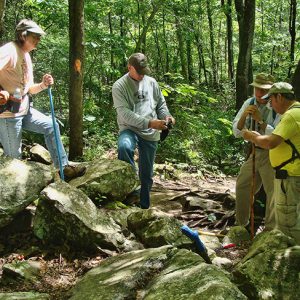 Arkansas Native Plant Society Field Trip--Petit Jean
Arkansas Native Plant Society Field Trip--Petit Jean
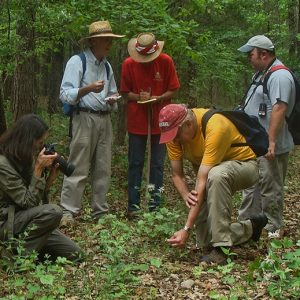 Arkansas Native Plant Society Field Trip--East Cadron Creek
Arkansas Native Plant Society Field Trip--East Cadron Creek
Arkansas Native Plant Society
Arkansas Natural Heritage Commission (ANHC)
Arkansas Water Works and Water Environment Association
Arkansas Wildlife Federation
Audubon Arkansas
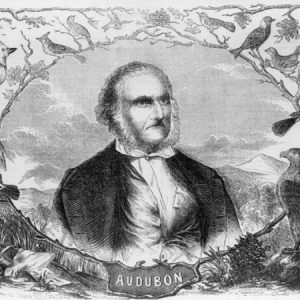 John Audubon
John Audubon
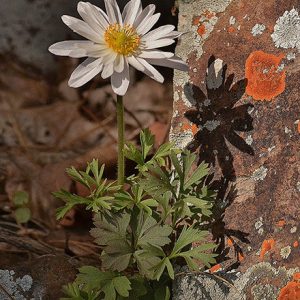 Carolina Anemone
Carolina Anemone
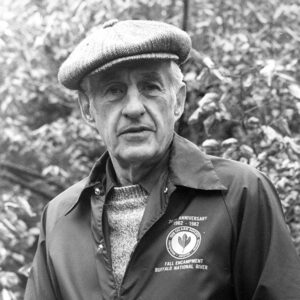 Neil Compton
Neil Compton
Compton, Neil Ernest
Floating CCC Camp at Jacks Bay
Forrest L. Wood Crowley’s Ridge Nature Center
Governor Mike Huckabee Delta Rivers Nature Center
aka: Delta Rivers Nature Center
Hancock, Archibald Rex, Jr.
 Hardison Center
Hardison Center
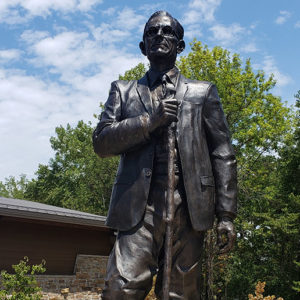 Hardison Statue
Hardison Statue
Hardison, T. W.
Hill, Julia Lorraine “Butterfly”
 Huckabee Delta Rivers Nature Center
Huckabee Delta Rivers Nature Center
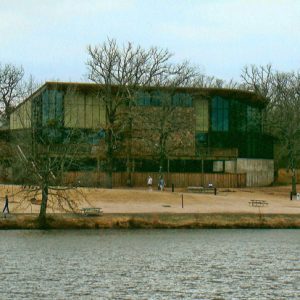 Janet Huckabee Arkansas River Valley Nature Center
Janet Huckabee Arkansas River Valley Nature Center
Little Rock Garden Club
Nature Conservancy of Arkansas
Nix, Joe Franklin
OMNI Center for Peace, Justice and Ecology
Ozark Natural Science Center
Ozark Society
Parker, Mamie Aselean
Ponca Elk Education Center
 Stephen Samuels
Stephen Samuels
Samuels, Stephen L.
Stern, Jane Rita Ellenbogen
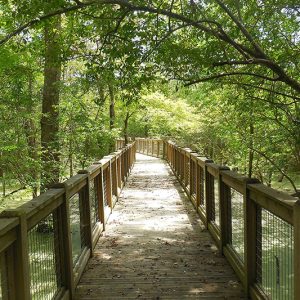 Striplin Woods Natural Area
Striplin Woods Natural Area
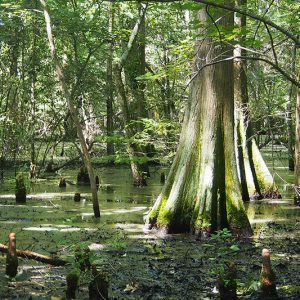 Taylor Woodlands Natural Area
Taylor Woodlands Natural Area
 Trey Buckner
Trey Buckner
 Trey Buckner in Washington
Trey Buckner in Washington
 Sid Vogelpohl
Sid Vogelpohl
Witt Stephens Jr. Central Arkansas Nature Center
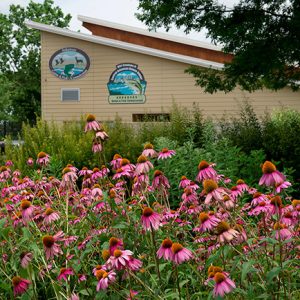 Witt Stephens Jr. Central Arkansas Nature Center
Witt Stephens Jr. Central Arkansas Nature Center
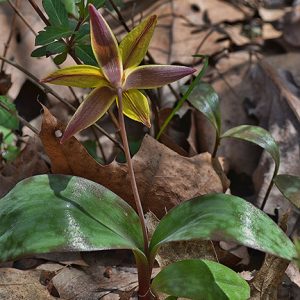 Yellow Trout Lily
Yellow Trout Lily




